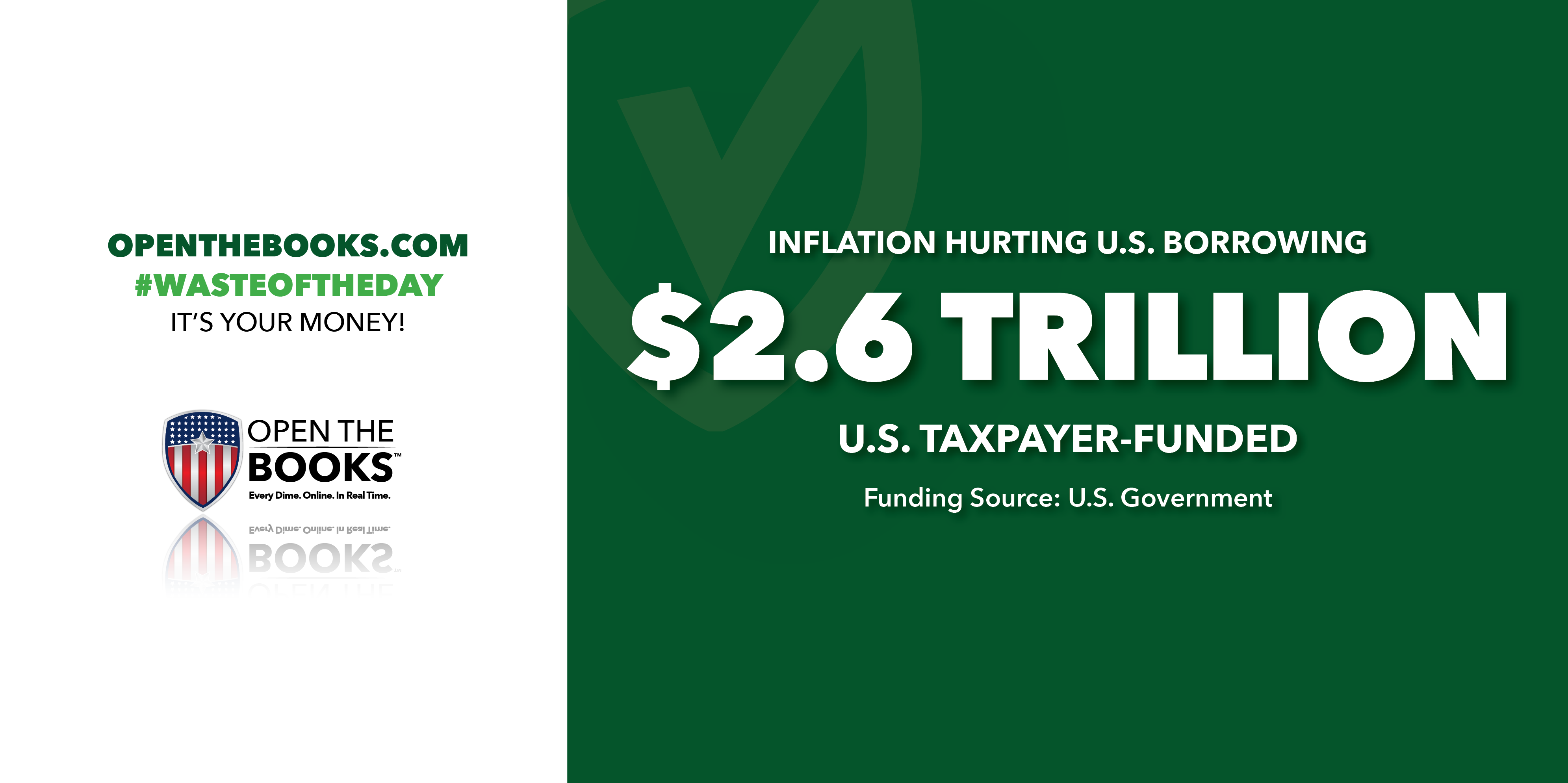With low interest rates over the past 20 years, America’s exponentially-growing debt has seemed manageable, with some politicians even citing low interest rates as an argument to increase spending.
But rates are changing, and the federal government is woefully unprepared to begin financing its debt at higher interest rates.

A study authored by Manhattan Institute Senior Fellow Brian Riedl and published at the Peter G. Peterson Foundation found that each additional percentage point on the government’s interest rate would cost the federal budget $2.6 trillion over the decade, and $400 billion annually by 2032.
“The real potential danger to the federal budget comes from permanently higher interest rates that persist long after inflation has been defeated,” Riedl wrote.
He noted that the Federal Reserve has raised its federal funds rate from 0% to 2.5%, and will probably go much higher to crush inflation. But once inflation is lowered, the Fed will be unlikely to drop rates back to the 0-2.5% range that has prevailed over the past 14 years.
“Even after inflation has been defeated, investors will likely demand many years of higher interest rates and an inflation risk premium to avoid getting burned again by inflation,” Riedl wrote.
That $2.6 trillion, over 8% of the U.S.’s current $31.5 trillion in debt, isn’t paying for any good or services, or creating any value. It’s simply the cost of borrowing in higher interest rate environments.
As the cost of debt is rising, so is the amount of debt the government is accumulating. In 2020, the U.S. national debt was about $27 trillion, then $29 trillion in 2021, and now at the current $31.5 trillion.
The increase in the amount of debt, coupled with the cost of financing debt, is a problem that few in Washington, D.C. are willing to discuss. If action isn’t taken soon, our country may never dig itself out of the fiscal hole it finds itself in.
The #WasteofTheDay is brought to you by the forensic auditors at OpentheBooks.com
Read Full Article »




